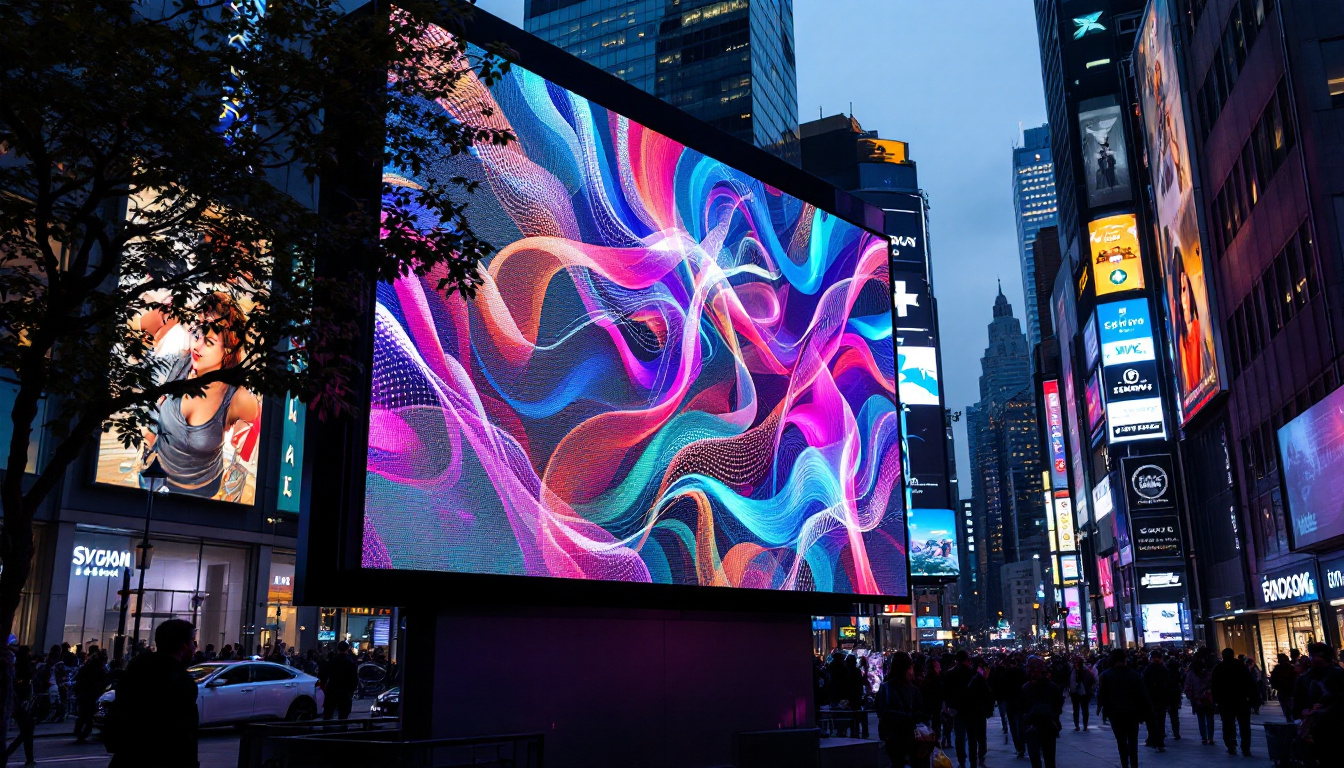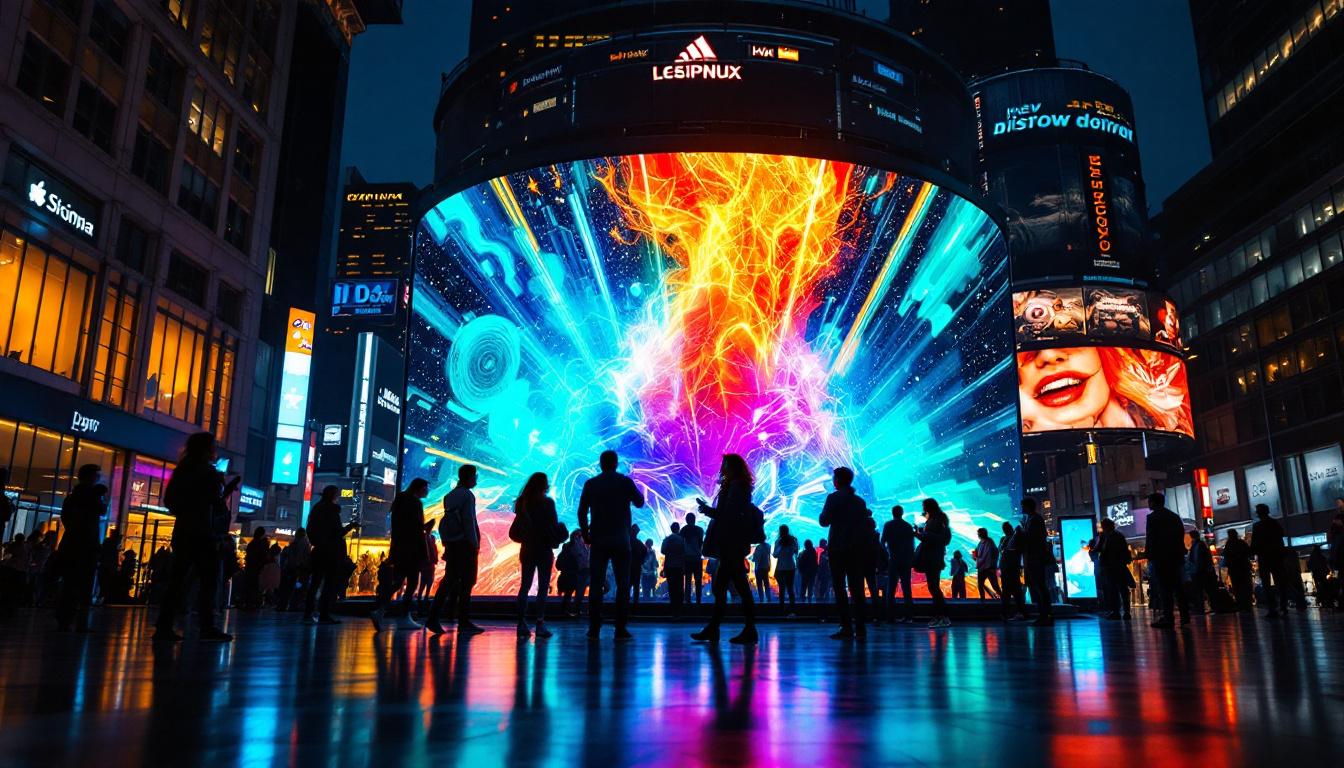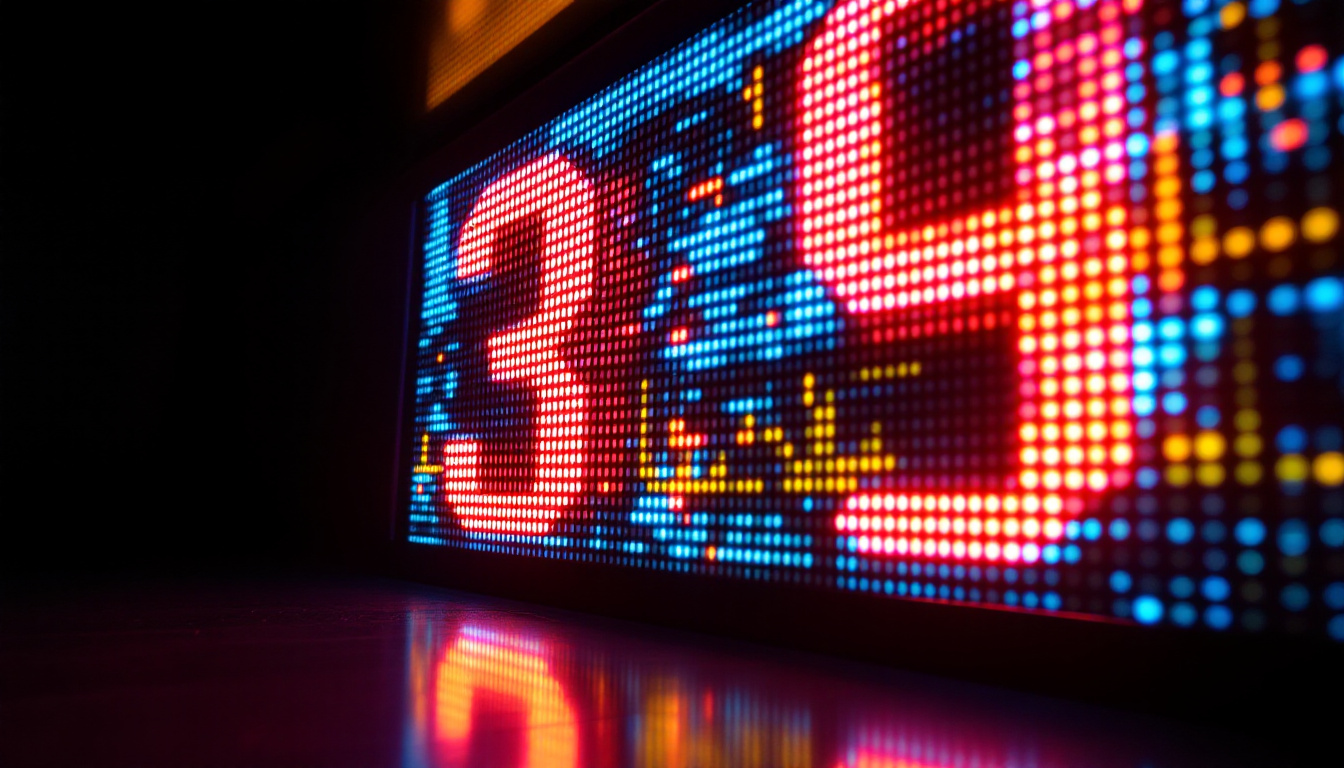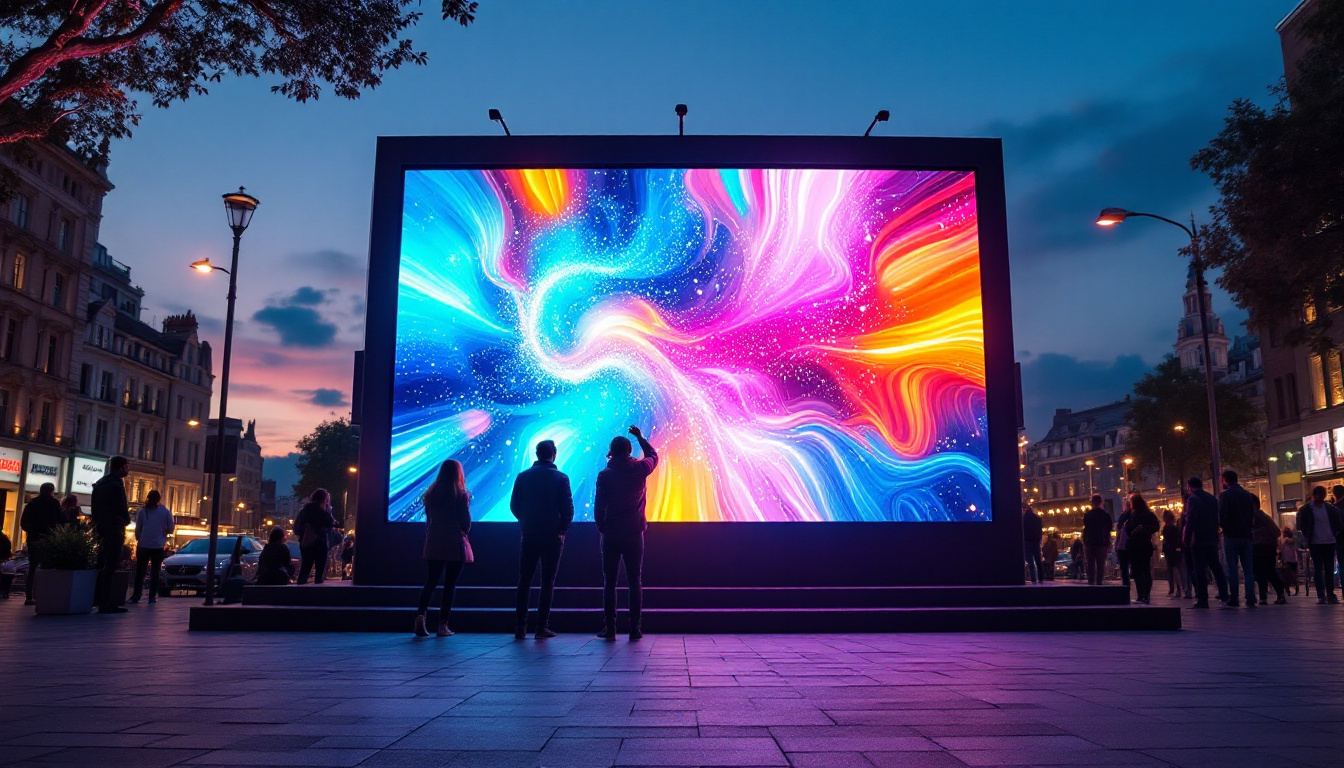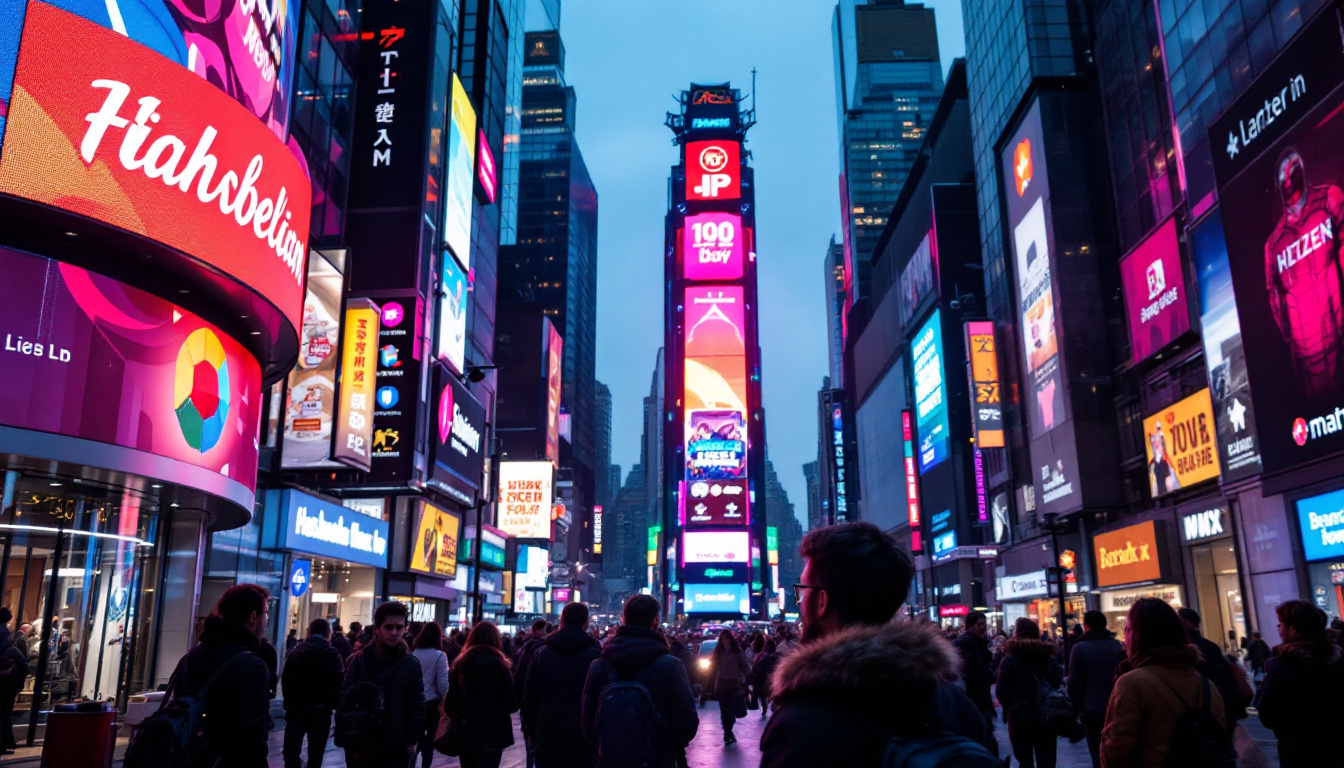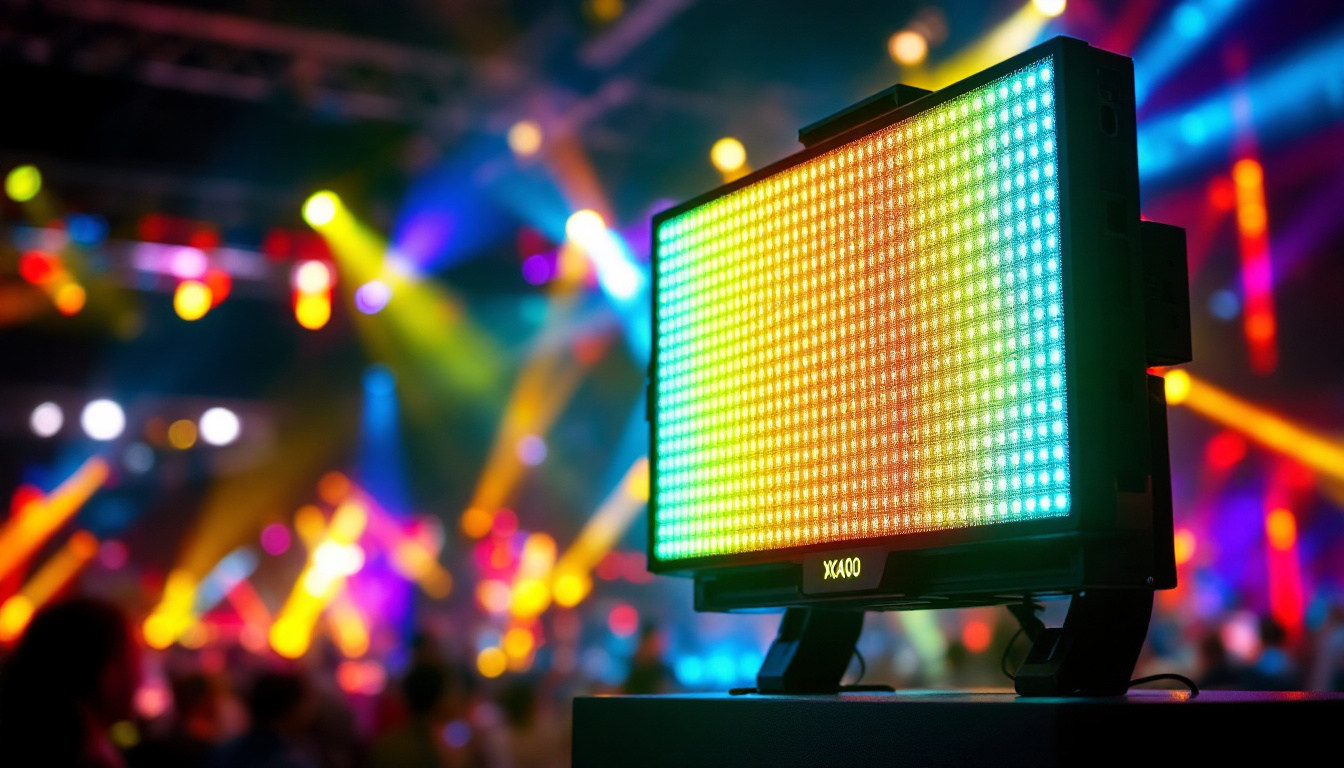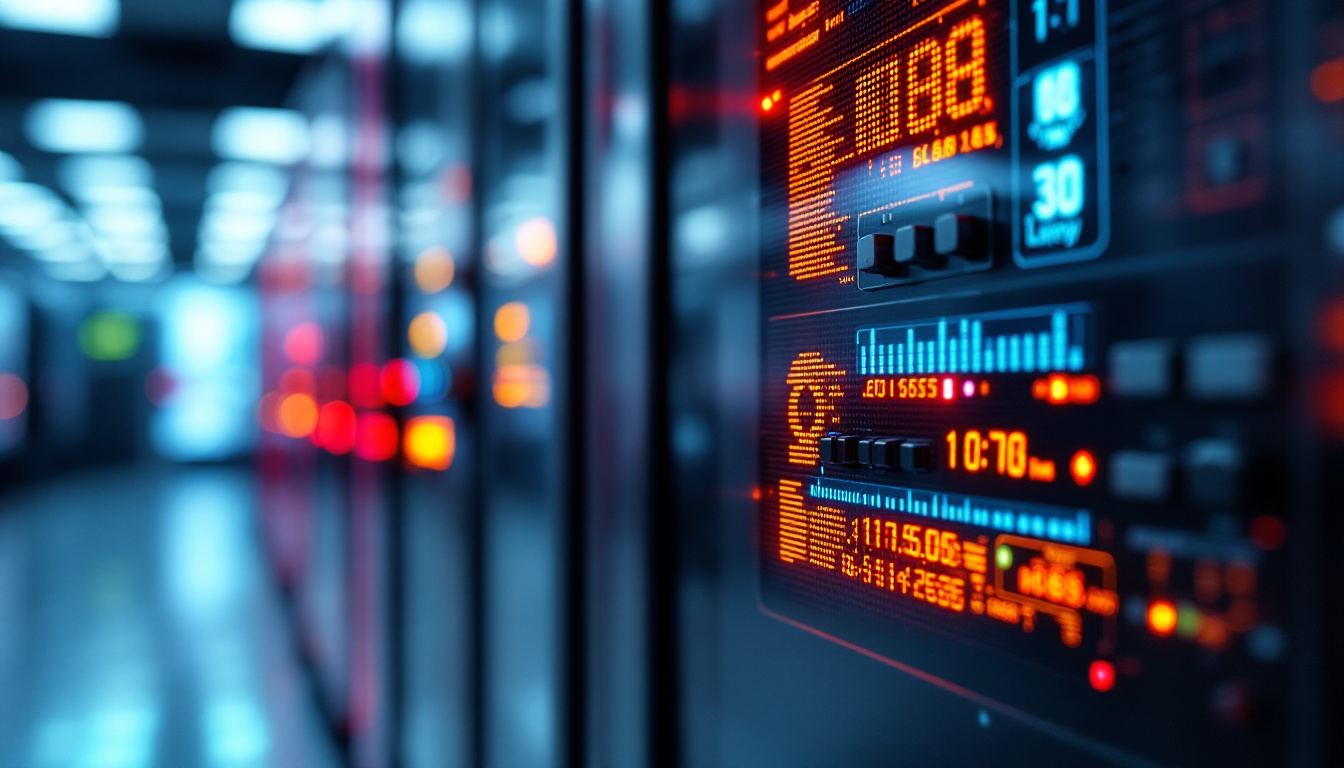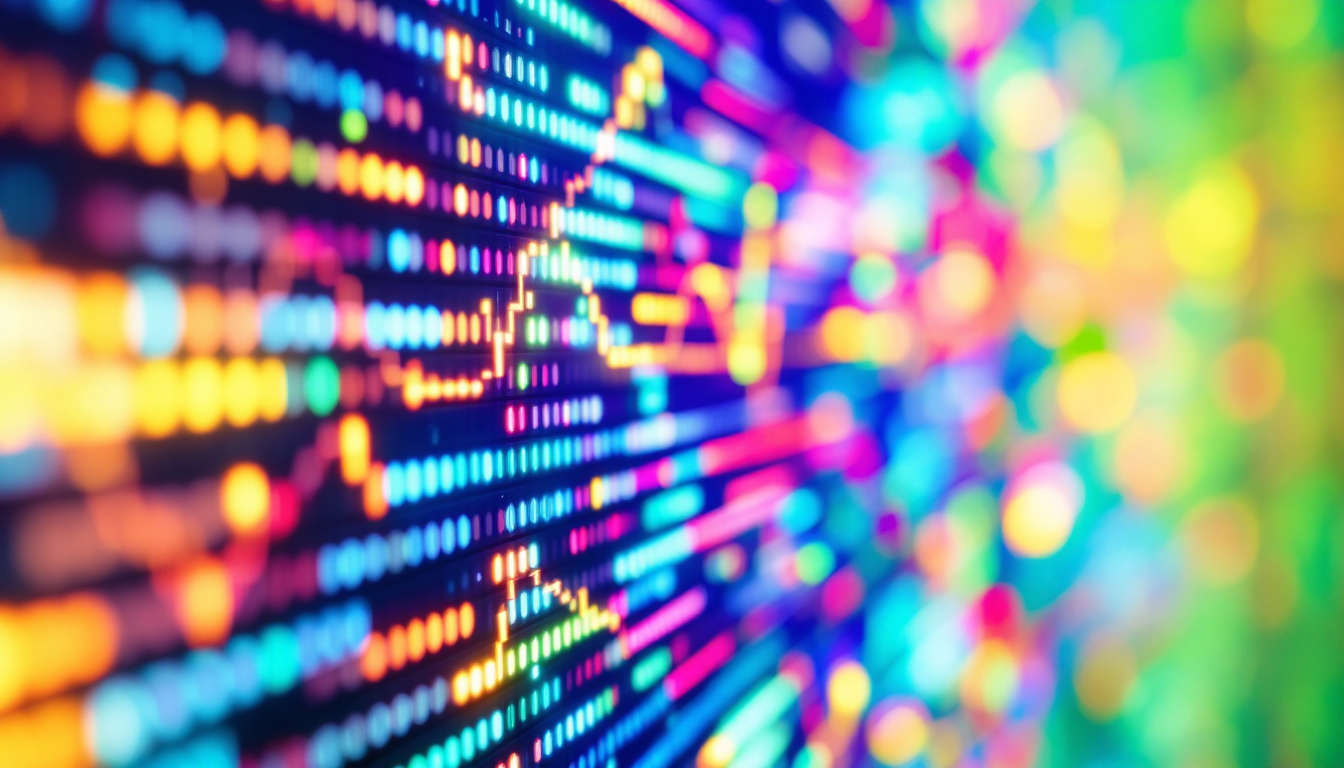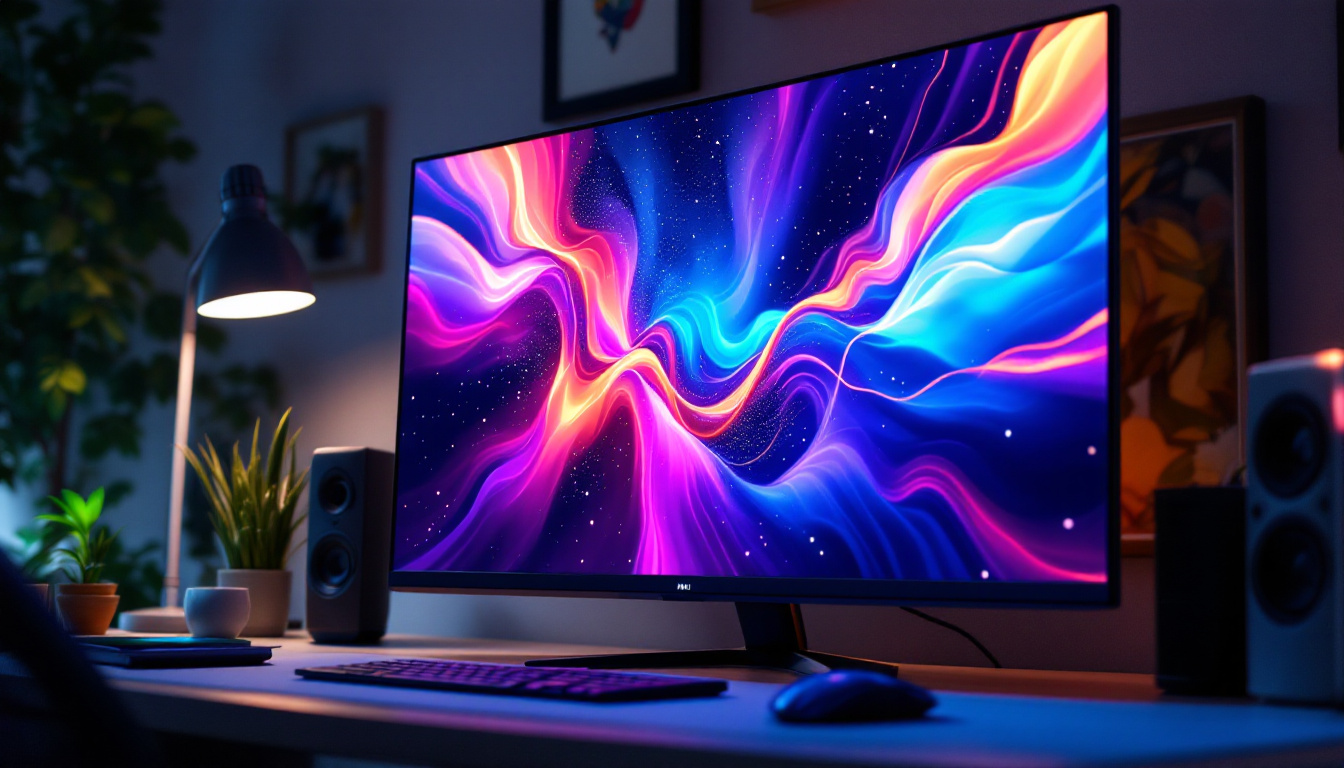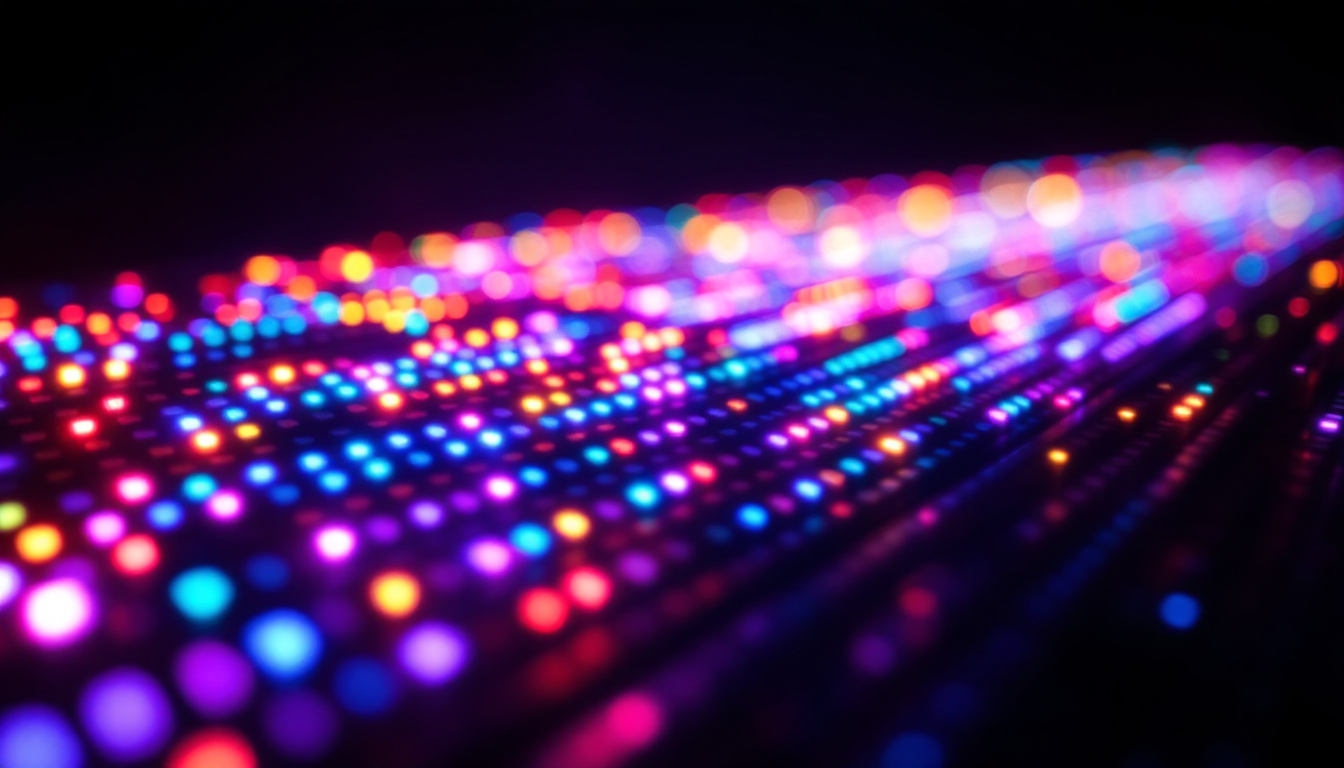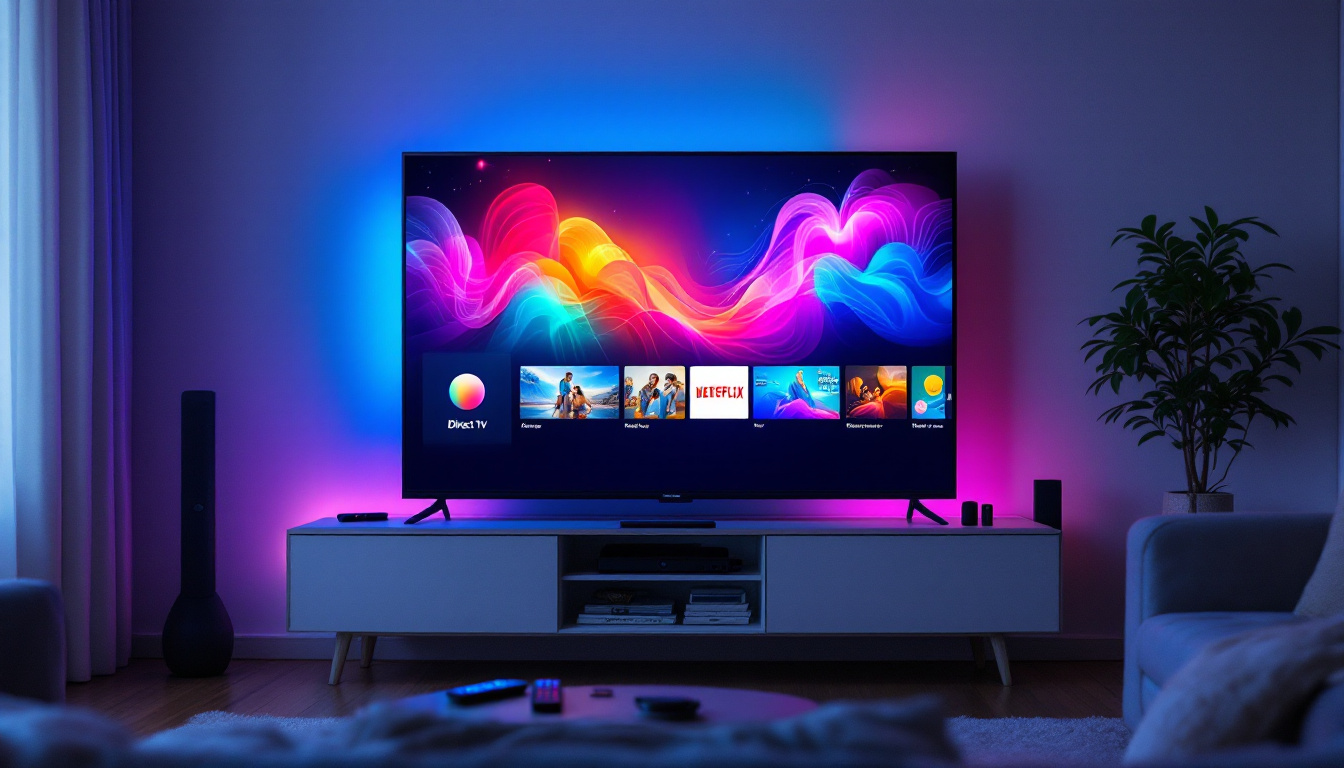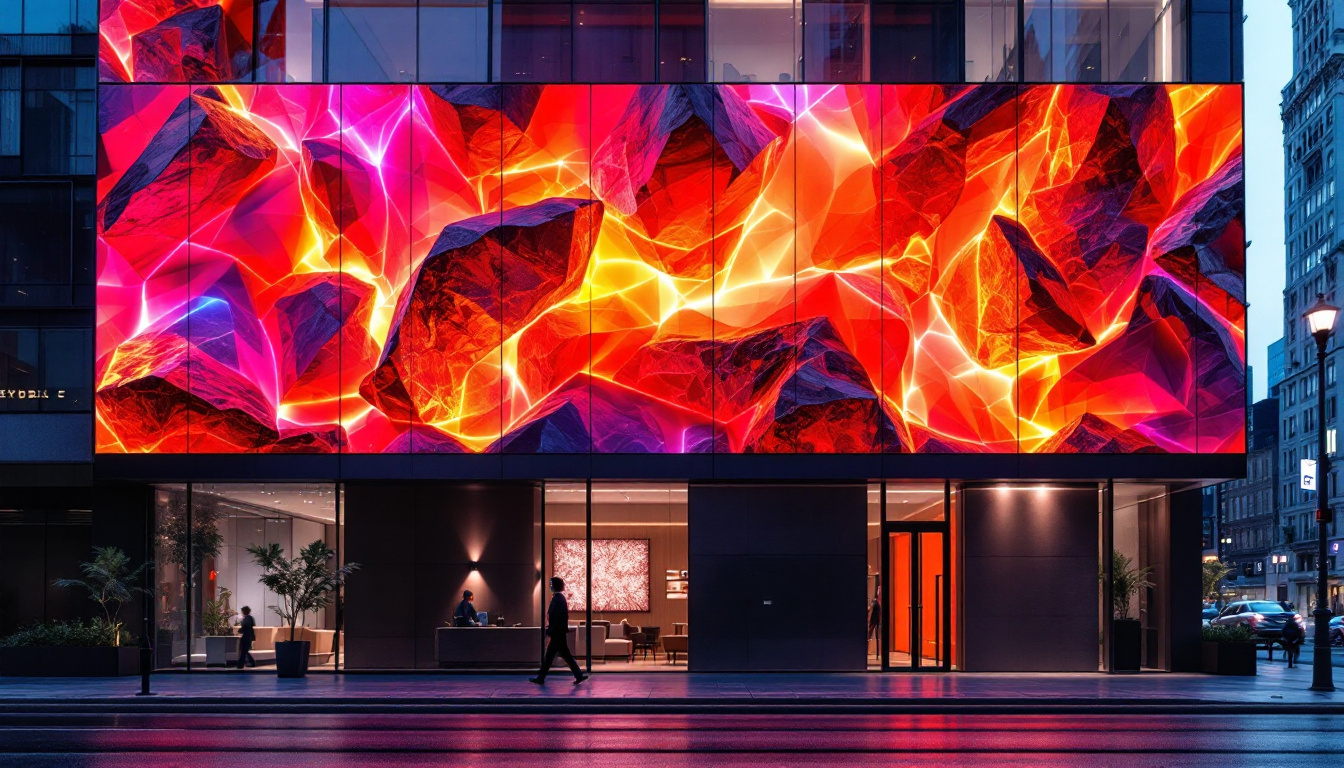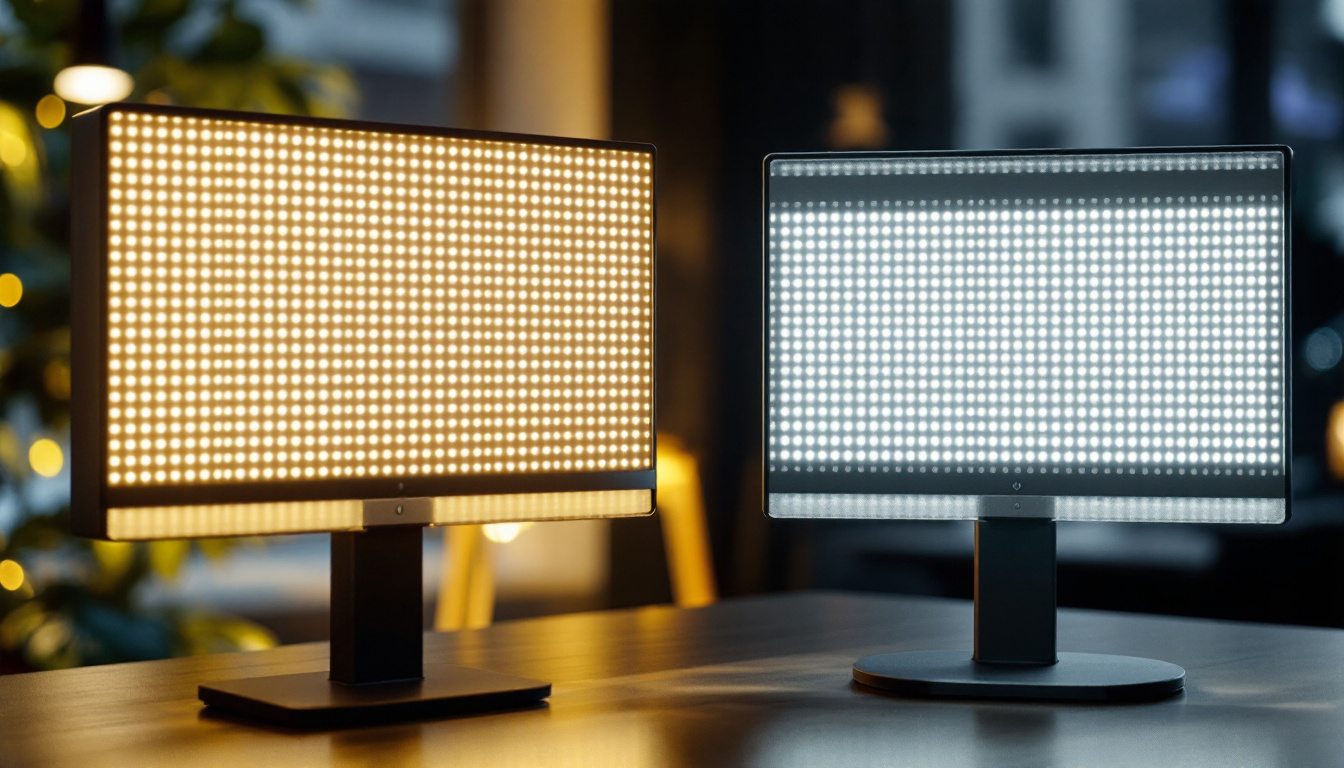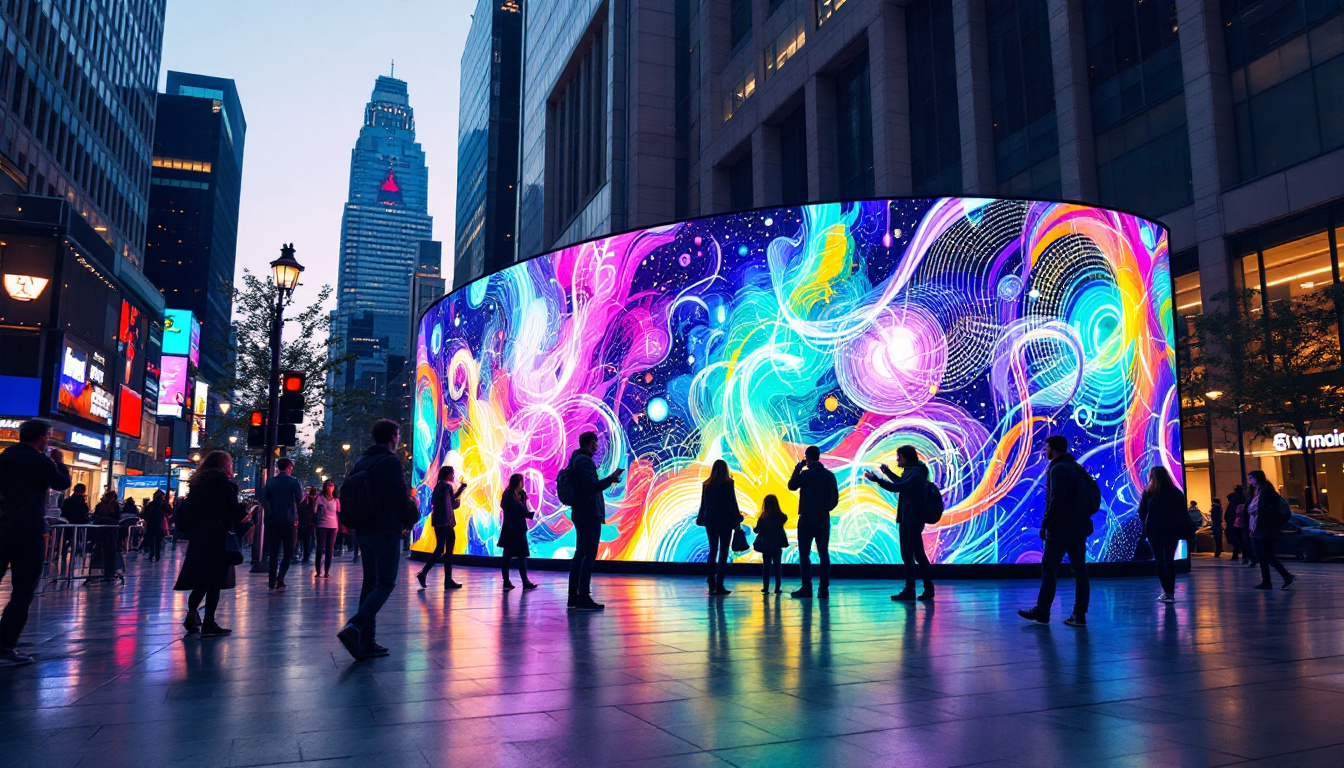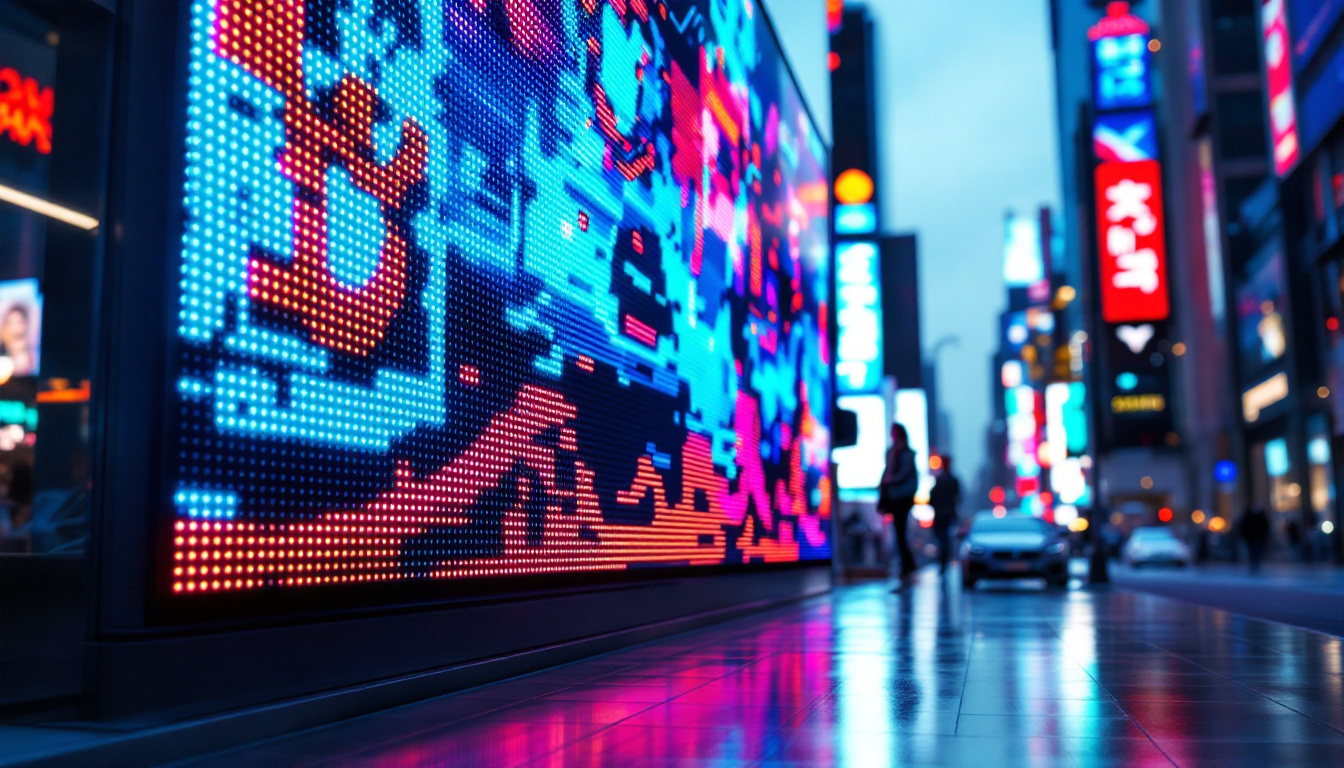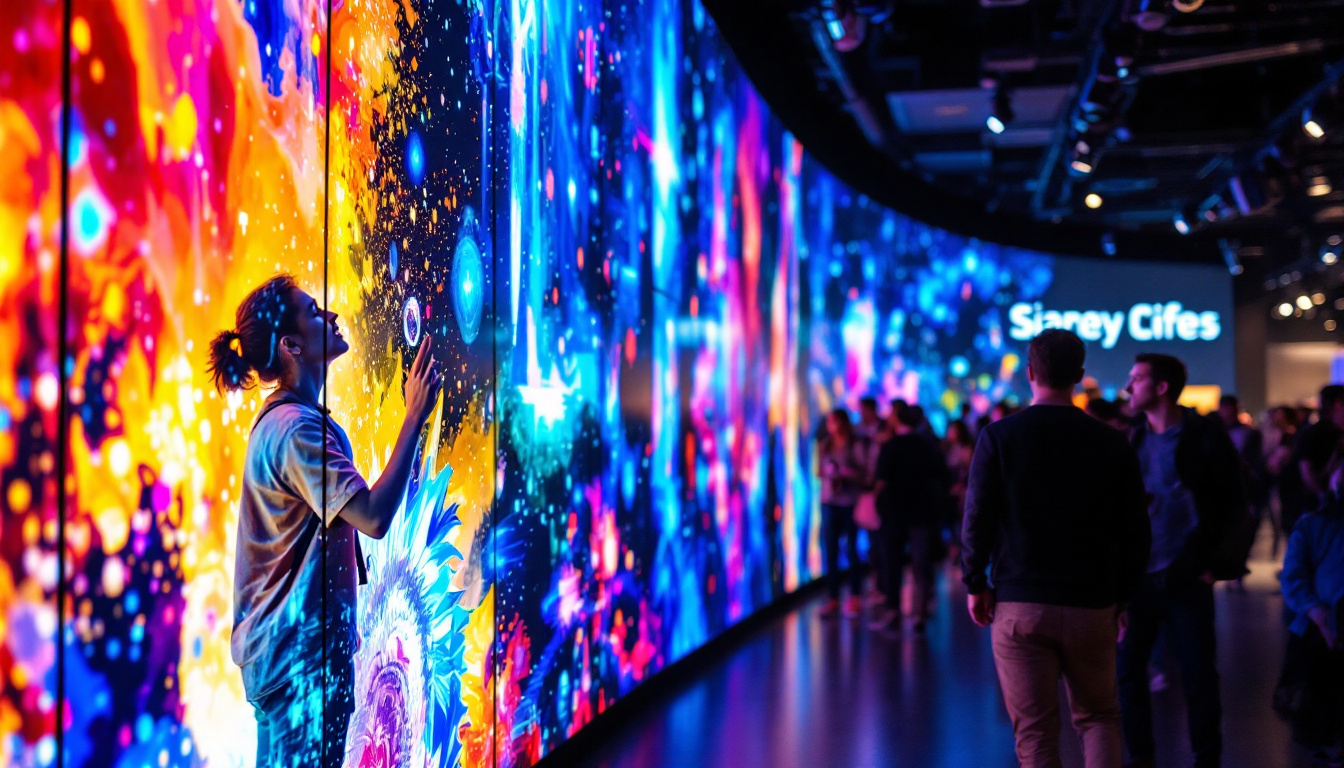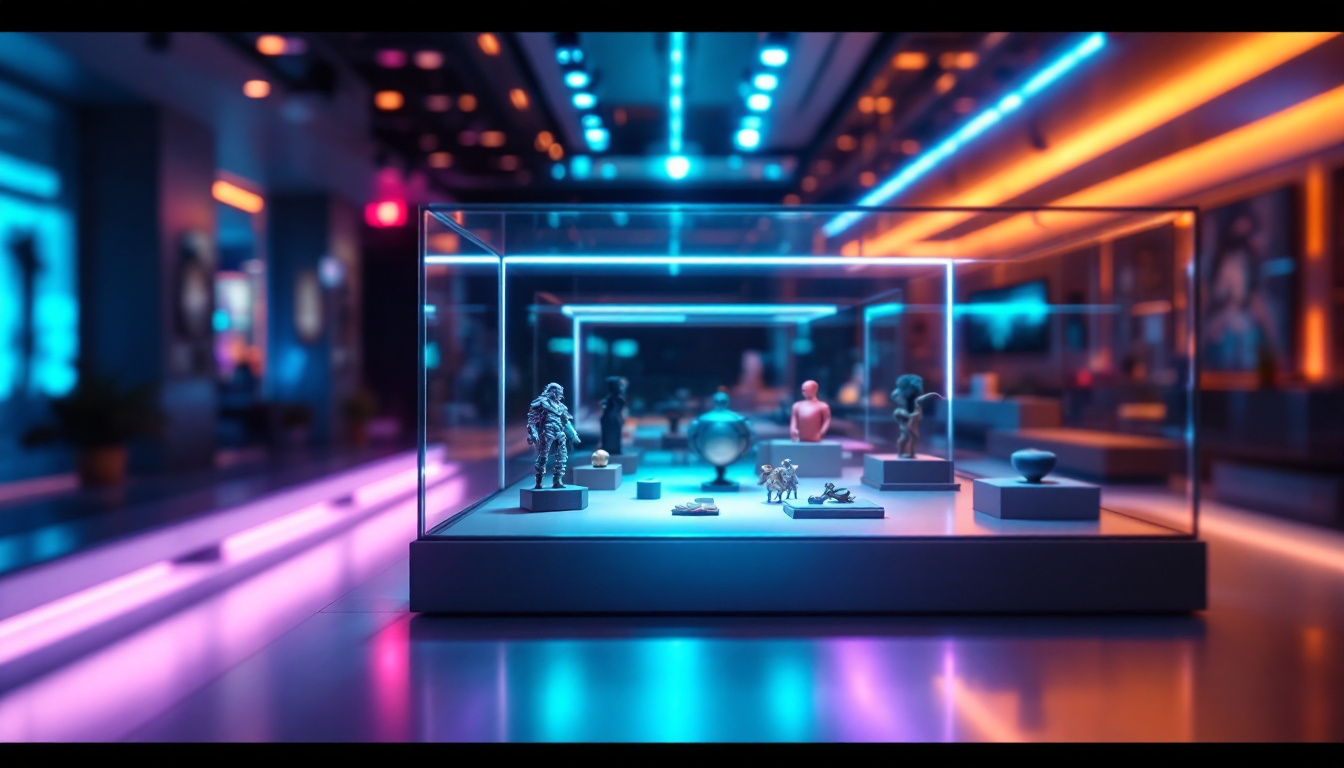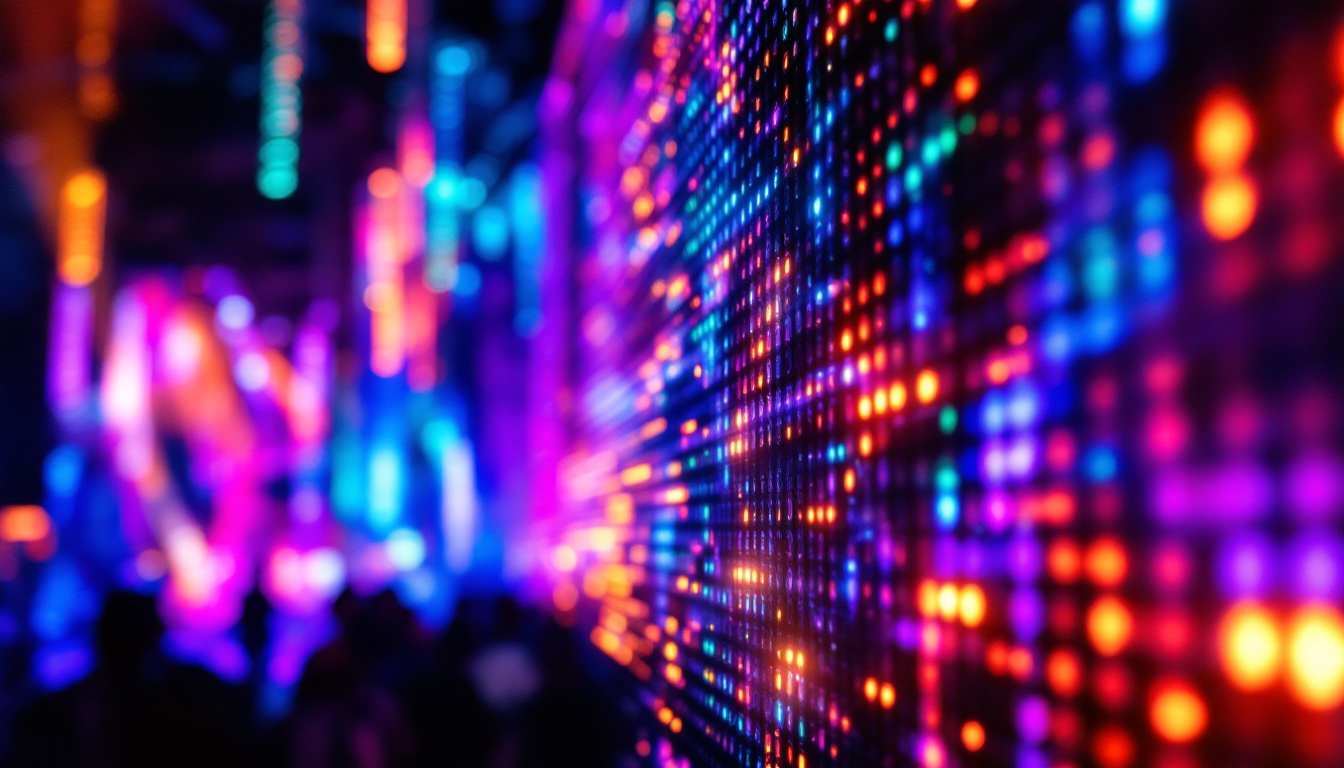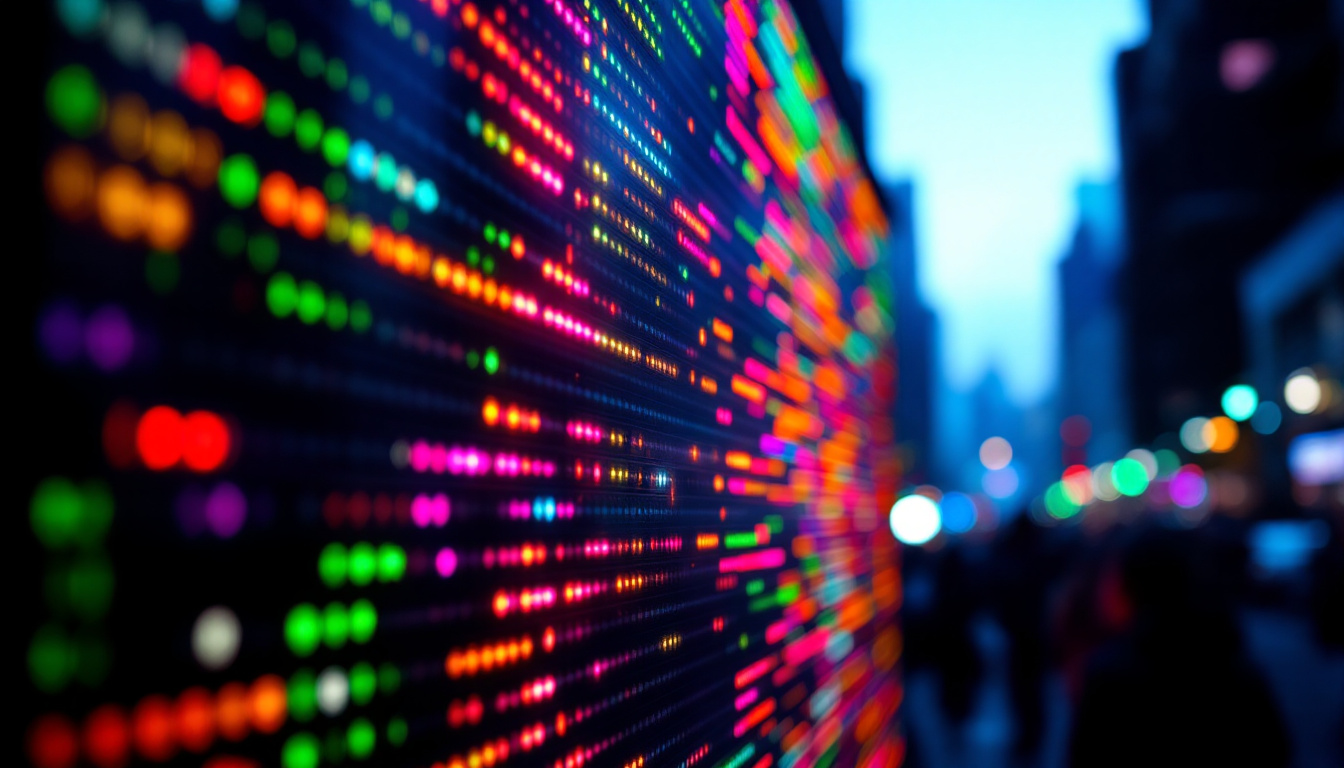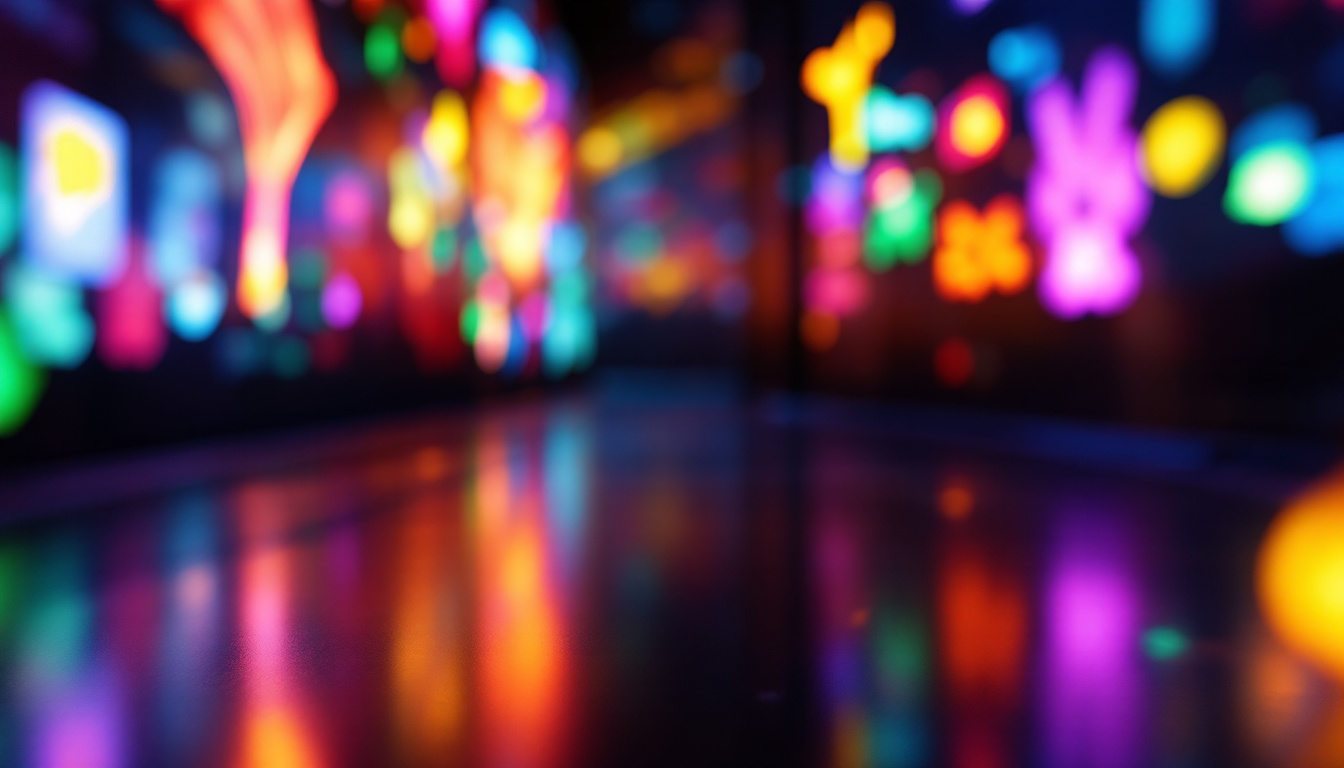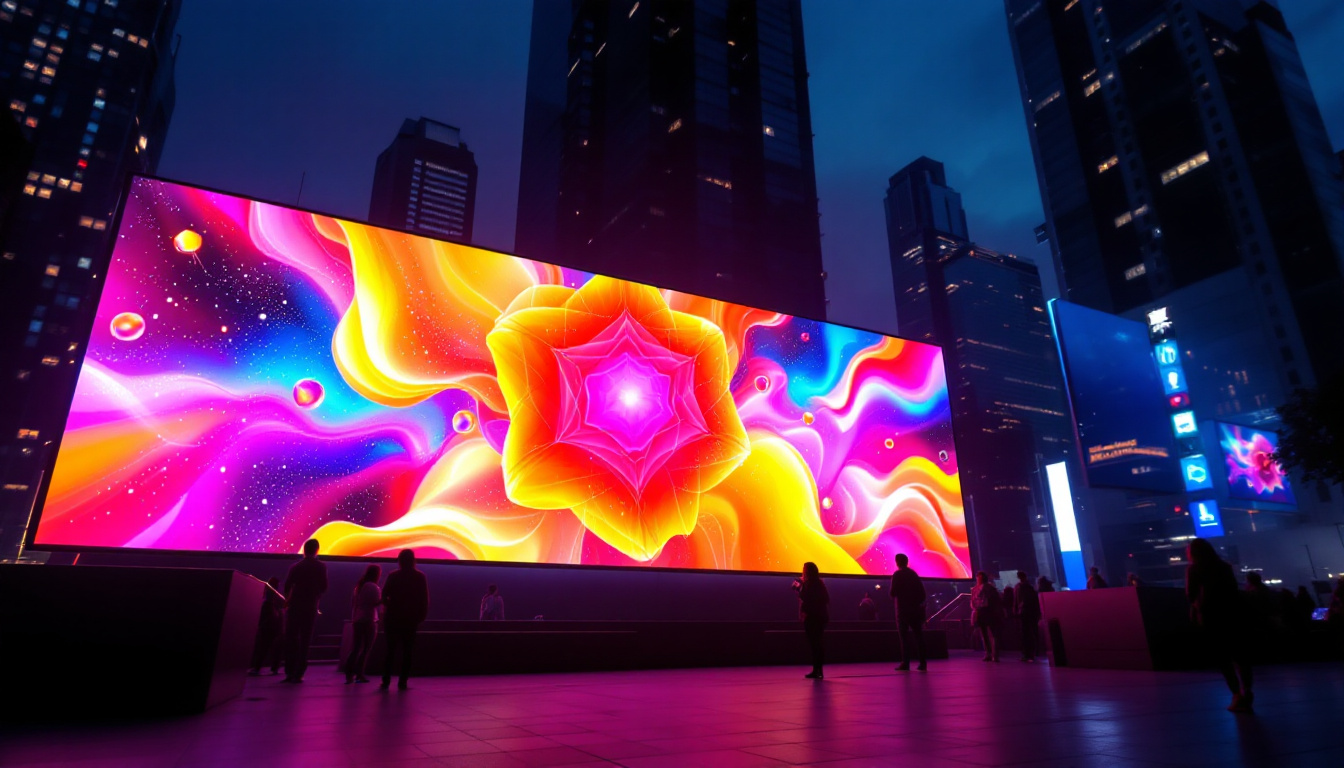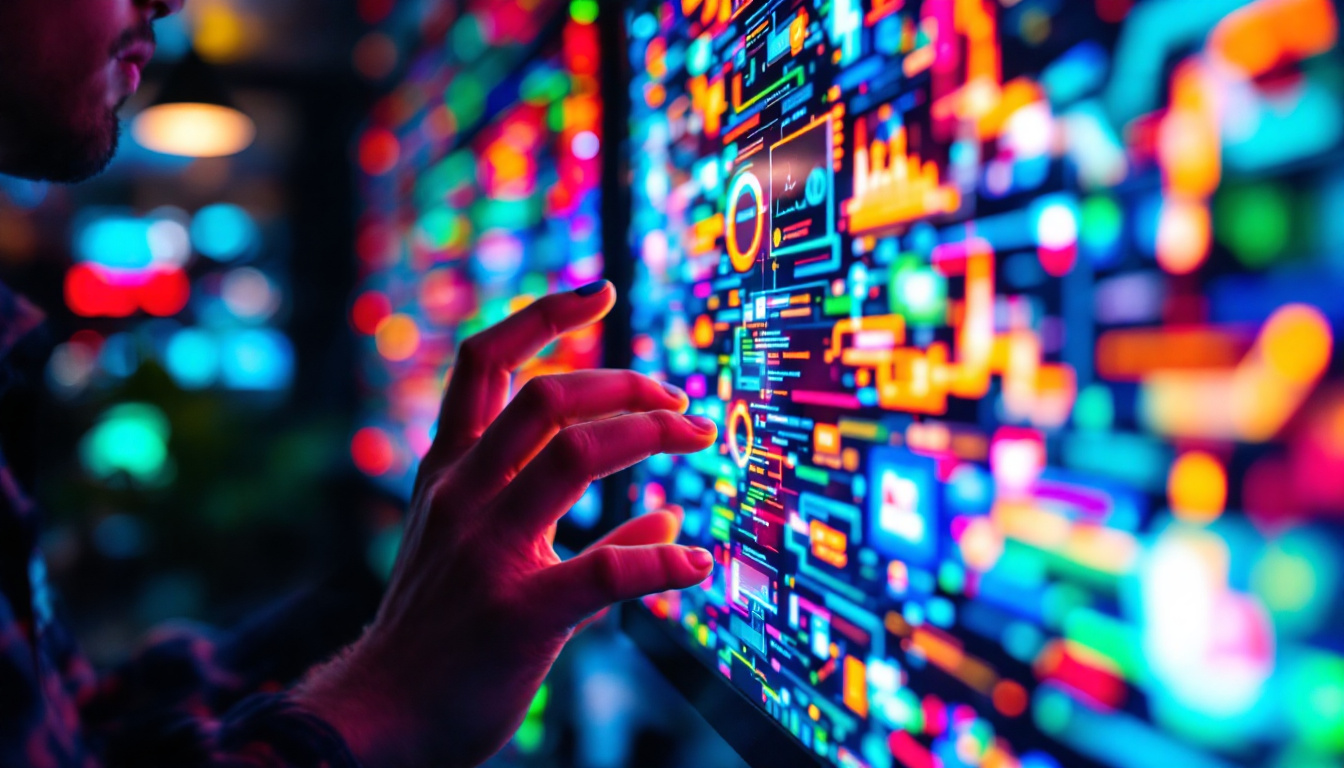In the realm of modern technology, LED displays have revolutionized the way we view images and information. From digital billboards to personal devices, the versatility and efficiency of LED technology have made it a popular choice for various applications. This article delves into the intricacies of LED displays, exploring their functionality, advantages, and the different types available in the market today.
Understanding LED Technology
LED, or Light Emitting Diode, is a semiconductor device that emits light when an electric current passes through it. This technology has transformed traditional display methods, offering brighter, more energy-efficient alternatives. The fundamental principle behind LED displays lies in the ability of certain materials to emit light when energized, which is harnessed to create vibrant visual displays. The evolution of LED technology has not only improved the quality of lighting but has also paved the way for innovative applications in various fields, including automotive lighting, architectural illumination, and even medical devices.
The Basics of LED Operation
At its core, an LED display consists of numerous tiny light-emitting diodes arranged in a grid. Each diode can emit different colors based on the electrical signals it receives. By combining red, green, and blue (RGB) light from these diodes, a wide spectrum of colors can be produced, allowing for high-definition images and videos. This RGB combination is crucial for creating realistic images, as it mimics the way human eyes perceive color through the mixing of light wavelengths.
The operation of an LED display can be broken down into several key components: the LED modules, the control system, and the power supply. The LED modules contain the individual diodes, while the control system manages the input signals to produce the desired output. The power supply ensures that the LEDs receive the necessary voltage and current to function optimally. Additionally, advancements in dimming technology and thermal management have significantly enhanced the performance and longevity of LED displays, making them a reliable choice for both commercial and residential use.
Types of LED Displays
There are several types of LED displays, each designed for specific applications. The most common types include:
- Direct View LED Displays: These displays are made up of individual LED modules that are directly visible to the viewer. They are often used in large outdoor billboards and stadium screens, providing excellent visibility even in bright sunlight due to their high brightness levels and contrast ratios.
- LED Backlit Displays: Used primarily in televisions and computer monitors, these displays utilize LED technology to provide backlighting for LCD screens, enhancing brightness and color accuracy. This type of display has become increasingly popular as it allows for thinner designs and improved energy efficiency compared to traditional fluorescent backlighting.
- OLED Displays: Organic LED displays are a subset of LED technology that uses organic compounds to emit light. They offer superior contrast ratios and color depth, making them popular in high-end devices. Unlike traditional LED displays, OLEDs can achieve true blacks by turning off individual pixels, resulting in stunning visuals that captivate viewers.
In addition to these common types, there are also specialized LED displays such as transparent LED screens, which allow for visibility through the display itself, making them ideal for retail environments where product visibility is essential. Furthermore, flexible LED displays are gaining traction, enabling creative applications in unconventional shapes and surfaces, thereby expanding the possibilities for advertising and artistic installations. The versatility of LED technology continues to inspire innovation across various industries, pushing the boundaries of how we interact with visual media.
Advantages of LED Displays
LED displays come with a myriad of advantages that make them a preferred choice for both commercial and personal use. Their unique properties contribute to their growing popularity across various sectors.
Energy Efficiency
One of the standout features of LED displays is their energy efficiency. Compared to traditional display technologies such as incandescent or fluorescent lighting, LEDs consume significantly less power. This not only reduces electricity costs but also minimizes the environmental impact, making LED displays a sustainable choice. Furthermore, the reduced energy consumption translates to lower heat generation, which can lead to less strain on air conditioning systems in commercial spaces, further enhancing energy savings.
Longevity and Durability
LED displays are known for their long lifespan, often lasting up to 50,000 hours or more. This durability is attributed to their solid-state construction, which is less prone to damage compared to fragile LCD or plasma screens. As a result, LED displays require less frequent replacements and maintenance, providing cost savings over time. Additionally, many LED displays are designed to withstand harsh environmental conditions, making them suitable for outdoor use. This resilience ensures that they can perform reliably in various weather situations, from intense sunlight to rain, further solidifying their place in both indoor and outdoor applications.
Brightness and Visibility
Another compelling advantage of LED technology is its brightness. LED displays can produce vibrant colors and high contrast ratios, making them easily visible even in bright outdoor conditions. This feature is particularly beneficial for advertising and public information displays, where visibility is crucial. Moreover, the ability to adjust brightness levels dynamically allows for optimal viewing experiences at any time of day, enhancing the effectiveness of digital signage. The sharpness and clarity of images on LED displays also contribute to a more engaging viewer experience, making them an ideal choice for events, concerts, and exhibitions where capturing attention is paramount.
Applications of LED Displays
The versatility of LED displays allows them to be utilized in a wide range of applications. From entertainment to information dissemination, their impact is significant across various fields.
Advertising and Marketing
LED displays have become a staple in advertising, providing dynamic and eye-catching content that can easily capture consumer attention. Digital billboards and signage can be updated in real-time, allowing businesses to promote sales, events, or new products instantly. This flexibility enhances marketing strategies, enabling businesses to engage with their audience more effectively.
Entertainment and Events
In the entertainment industry, LED displays are integral to concerts, festivals, and sporting events. Large-scale LED screens are used to display live feeds, graphics, and animations, enriching the audience’s experience. Their ability to produce high-quality visuals in various lighting conditions makes them ideal for outdoor events.
Public Information Displays
LED technology is also widely used in public information displays, such as transportation schedules, news updates, and emergency alerts. These displays provide real-time information to the public, enhancing communication and safety in urban environments.
Challenges and Considerations
Despite their numerous advantages, LED displays are not without challenges. Understanding these considerations is essential for making informed decisions when selecting an LED display for specific applications.
Initial Costs
One of the primary challenges associated with LED displays is the initial investment. While they offer long-term savings due to their energy efficiency and durability, the upfront costs can be higher than traditional display technologies. Businesses must weigh these costs against potential savings and benefits over time.
Heat Generation
LED displays can generate heat during operation, which may necessitate additional cooling solutions, especially in large installations. Proper thermal management is crucial to ensure the longevity and performance of the display. Failure to address this issue can lead to reduced lifespan and potential failure of the display.
Color Calibration
Maintaining color accuracy across an LED display can be challenging, particularly in larger setups where individual modules may have slight variations in color output. Regular calibration and maintenance are essential to ensure consistent visual quality, which can require additional resources and expertise.
Future Trends in LED Display Technology
The LED display industry is continuously evolving, with advancements in technology leading to exciting new possibilities. Understanding these trends can provide insight into the future of visual displays.
MicroLED Technology
MicroLED technology represents one of the most promising advancements in LED displays. This innovation involves using microscopic LEDs to create displays with even higher resolution and greater flexibility. MicroLED displays can be made thinner, lighter, and more energy-efficient, paving the way for new applications in both consumer electronics and commercial displays.
Flexible and Transparent Displays
Another emerging trend is the development of flexible and transparent LED displays. These displays can be bent or shaped to fit various surfaces, opening up new design possibilities for advertising and architecture. Transparent displays, in particular, can be integrated into windows and storefronts, allowing for innovative marketing strategies while maintaining visibility.
Smart LED Displays
As technology advances, the integration of smart features into LED displays is becoming increasingly common. Smart LED displays can connect to the Internet, allowing for remote management, real-time content updates, and data analytics. This connectivity enhances the functionality of displays, making them more interactive and responsive to audience needs.
Conclusion
LED displays have fundamentally changed the landscape of visual technology, offering unparalleled brightness, energy efficiency, and versatility. Their applications span various industries, from advertising to public information, showcasing their adaptability and effectiveness. While challenges exist, ongoing advancements in LED technology promise to enhance their capabilities further.
As the demand for high-quality visual displays continues to grow, understanding the intricacies of LED technology will be essential for businesses and consumers alike. By staying informed about current trends and innovations, stakeholders can make educated decisions that leverage the full potential of LED displays in their respective fields.
In summary, LED displays are not just a passing trend; they represent the future of visual communication, providing a platform for creativity, engagement, and information dissemination in an increasingly digital world.
Explore Cutting-Edge LED Displays with LumenMatrix
Ready to experience the future of visual communication? LumenMatrix is at the forefront of LED display innovation, offering a wide array of solutions tailored to your needs. From captivating Indoor and Outdoor LED Wall Displays to dynamic Vehicle and Sports LED Displays, our products are designed to make your brand shine. Discover the possibilities with our LED Poster, Floor, Custom, All-in-One, and Transparent Displays. Elevate your visual impact and engage your audience like never before. Check out LumenMatrix LED Display Solutions today and transform your visual storytelling.

